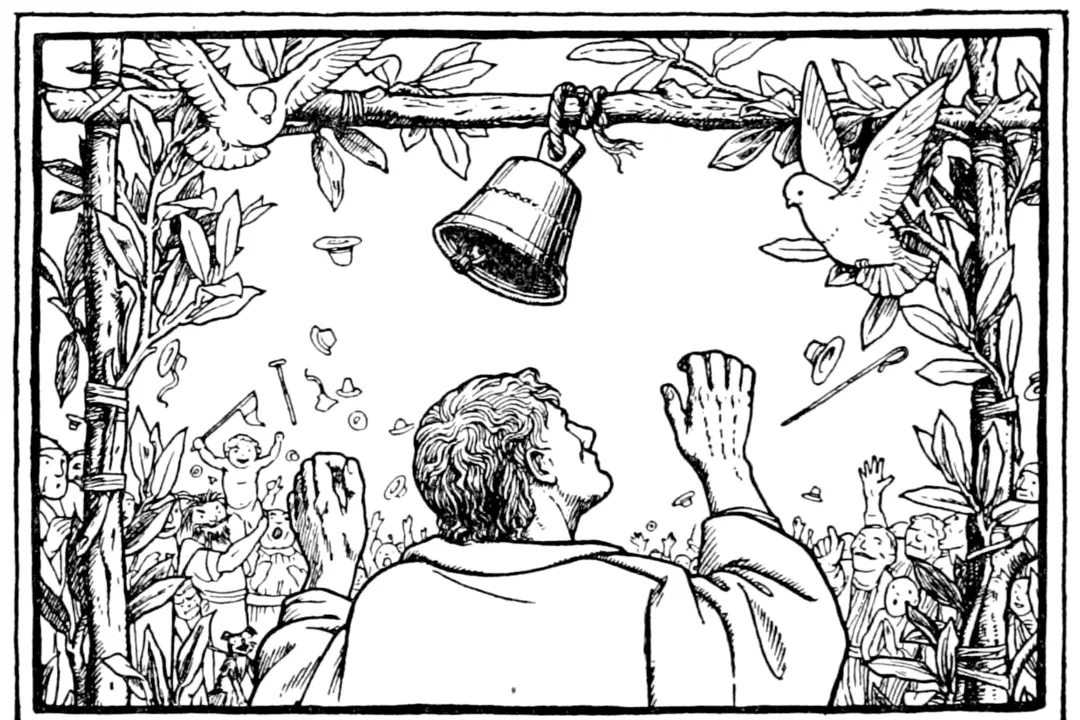As we journey through our busy schedules, we can easily forget to contemplate life. In his short story, “The Child’s Story,“ Charles Dickens shows that, rather than just passing through life, we should contemplate it, for life is ”a magic journey” filled with lessons and treasures we cannot find elsewhere.
A traveler sets out on a magic journey through a forest. As he travels along, he meets a child and asks what he does in the forest. “I am always at play,” the child replies, “Come and play with me!”






